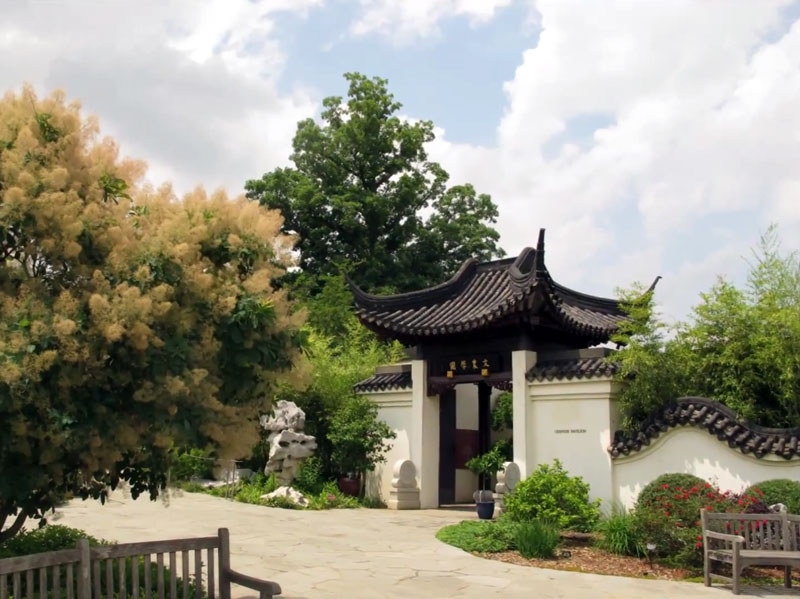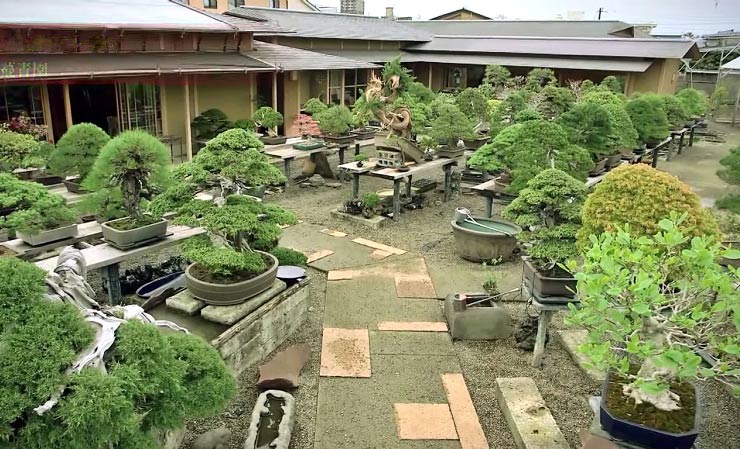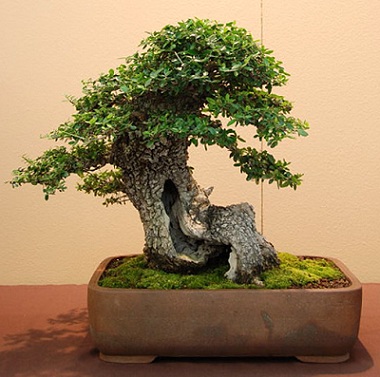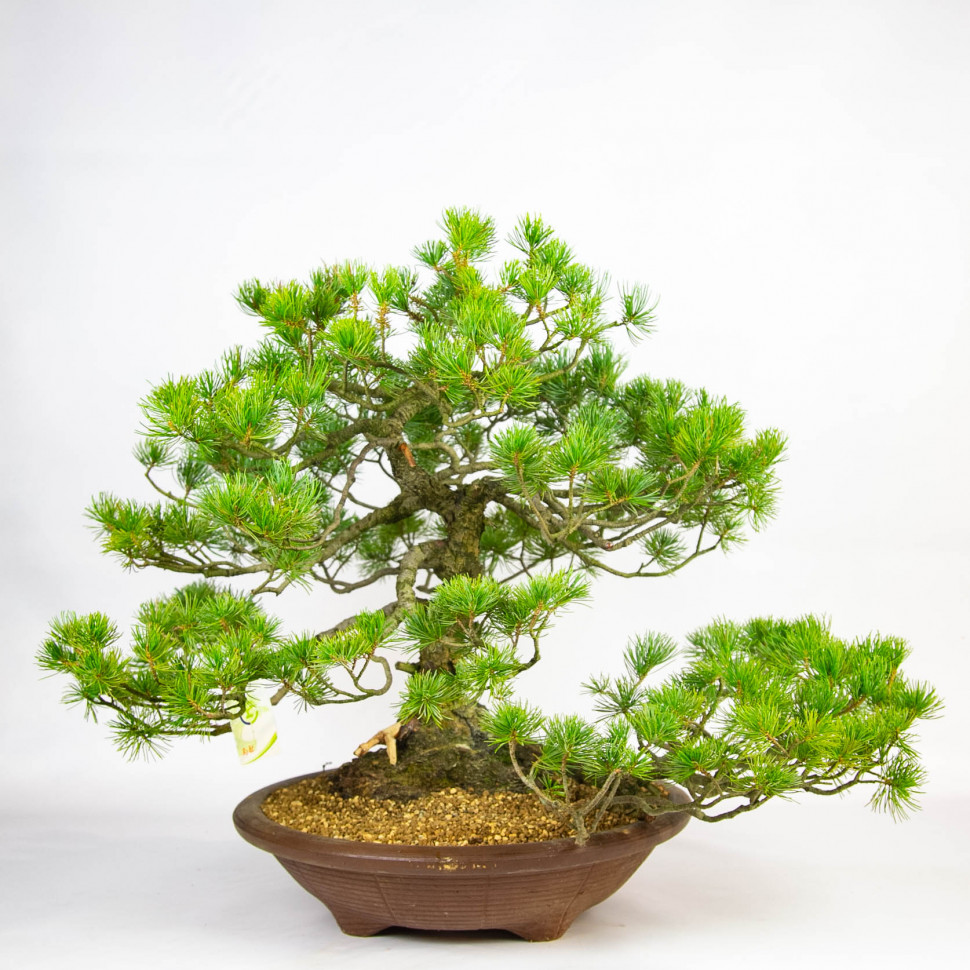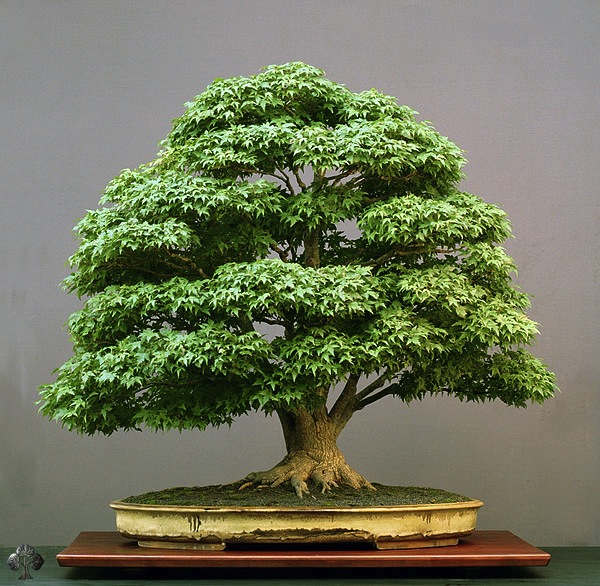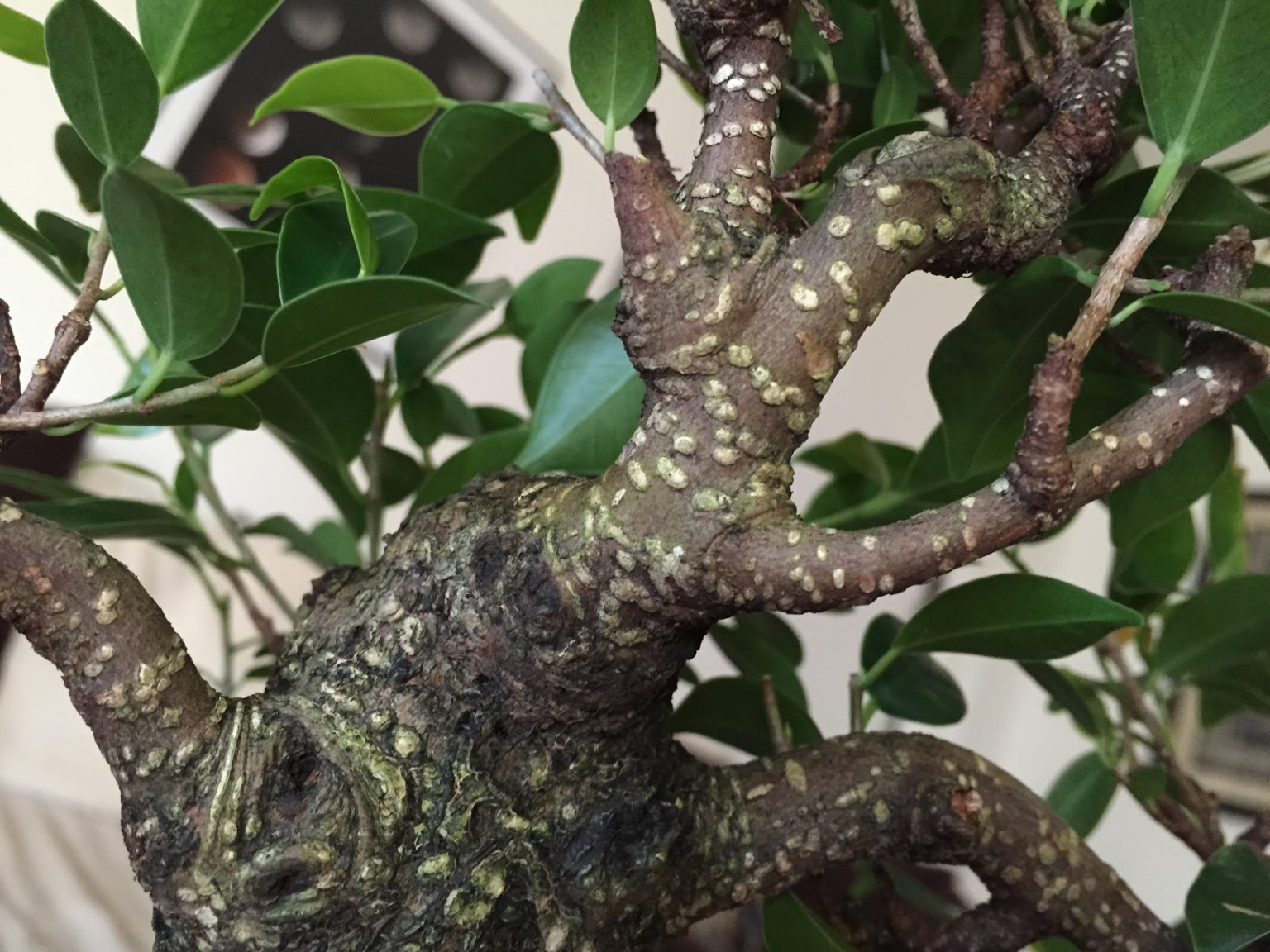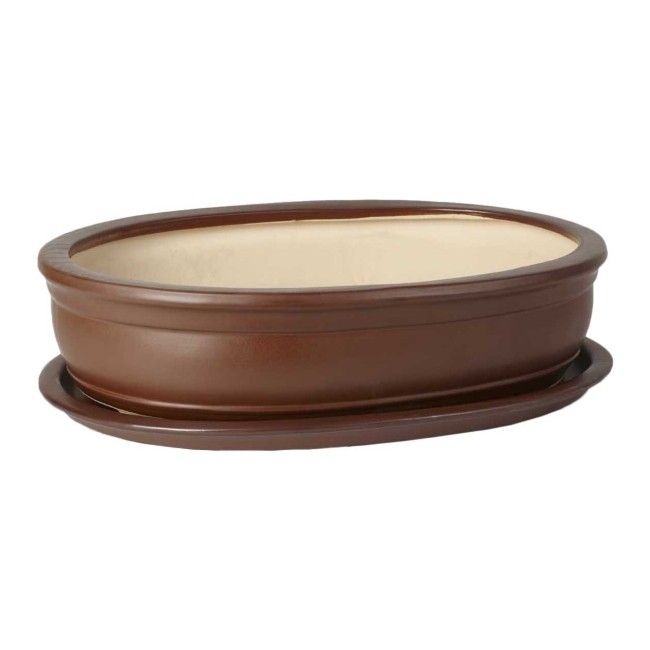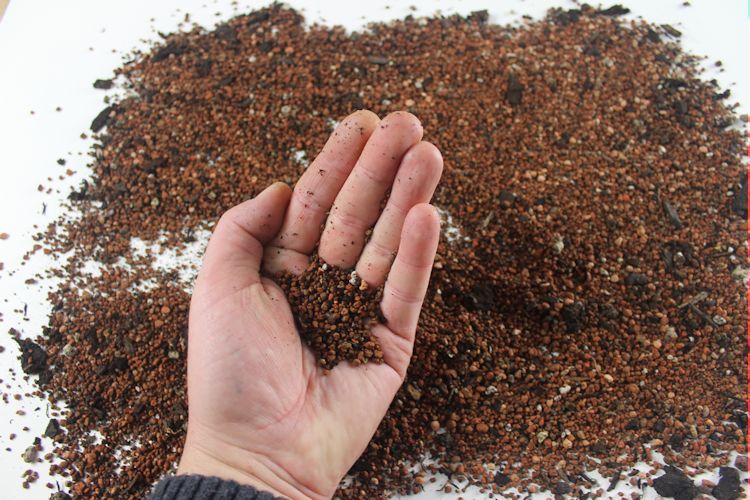Wire is a great way to shape your bonsai at home. You can create the effect of harsh weather conditions, age the tree, or simply give it the desired shape.
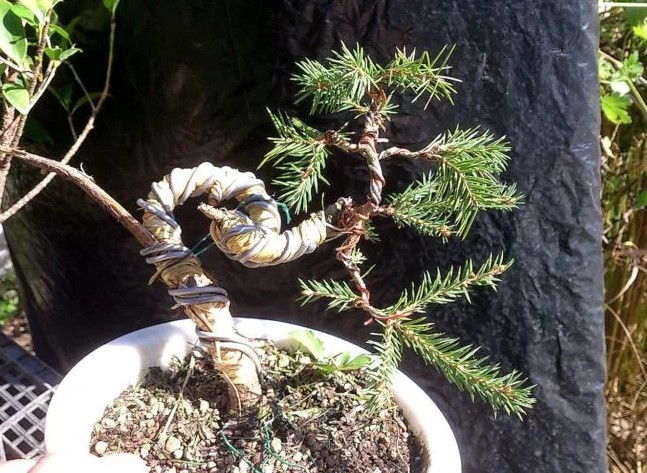
When to apply?
You can wire at any time, but some seasons are more favorable. For example, coniferous bonsai are best trained when they are less active (early spring), deciduous bonsai - before the buds open, evergreens - throughout the year.
Duration of Wire Application
You should regularly monitor the growth of the bonsai to ensure that the wire does not cut into the trunk.
Such defects are very difficult to correct and can take years.
Once the desired shape has been achieved, the wire can be removed. The time it takes to shape depends on the type of plant, the quality of the tree, and its age. Young and flexible branches are more pliable, so it is easier to shape them. If you have not achieved the desired result before the bonsai begins to outgrow the wire, remove it and re-apply it after a while.
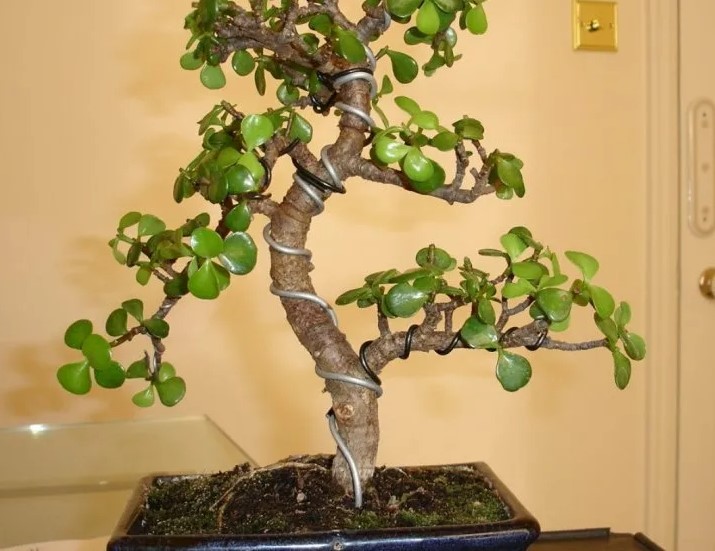
How to remove wire?
You can simply untwist the wire. But to minimize the possibility of damaging the bark, it is advisable to use nippers and cut it into small pieces.

Wire type
Copper wire was used for many years, but recently it has been replaced by aluminum, which is more flexible. You can choose the alloy by color, so that the wire is less noticeable on your bonsai.
The wire can be of different diameters. To choose the right one, consider the diameter of the trunk, it should be 6-3 times thicker. Also pay attention to the age and flexibility of the wood.
Before wrapping thick branches, to avoid damaging the bark, you should wrap them in raffia.
Wire application
Wire applicationon bonsai is probably the most difficult task for beginners, it takes a lot of time. Despite this, it is very important that the wire is applied properly. Do not rush, otherwise you will not achieve the desired result and you can damage the tree; speed will come with time. Look at the picture below, this is where nerves of steel are really needed! 🙂
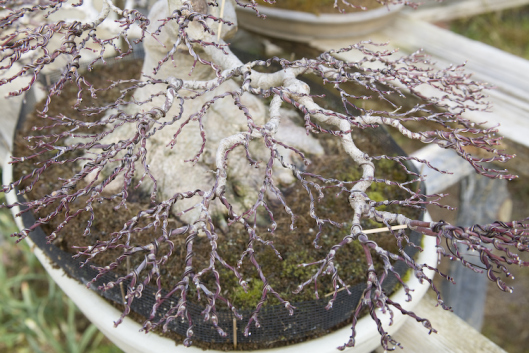
Before you start using the wire, cut it into pieces of different lengths and diameters. The wire should be taken in three times longer than the section you will be wrapping. This should be enough to wrap the entire branch at a 45 degree angle (see picture).


Putting wire on the barrel
To wrap the trunk, you need to secure one end of the wire by inserting it into the ground. After that, you can wind the wire, with the first turn being parallel to the ground, and the subsequent ones at an angle of 45 degrees. If you need to add a second wire, it should be placed next to the first, excluding their intersection.

Putting wire on branches
Always start laying the wire at the base of the bonsai trunk. To do this, secure one end in the soil and wrap the trunk parallel to the main wire. As soon as you reach the branch that needs to be shaped, move the wire to it and wrap it to the end. Never cross two wires.
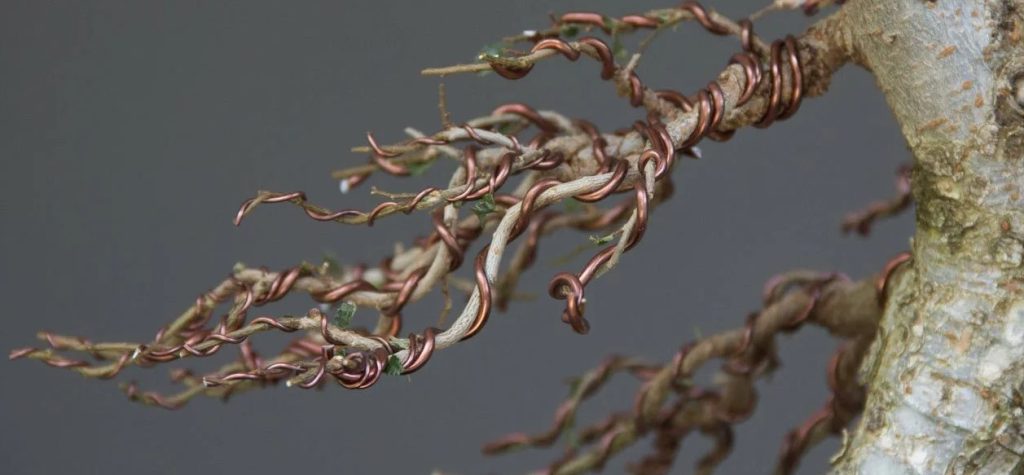
Bonsai Damage from Wiring
If you hear a cracking sound when applying the wire, stop the operation and check the tree for cracks. In this case, leave the tree alone for at least one season. If you find cracks, but the branch is not broken, proceed with the treatment of the dwarf tree.
If you don't find anything, there may be damage under the bark.
To do this, cover the damaged area with paste, wrap it with special tape and do not disturb it for a year. Most likely, the bonsai will recover within a year, if this does not happen and the branch begins to die, you should cut it to the damaged area or to the base.

